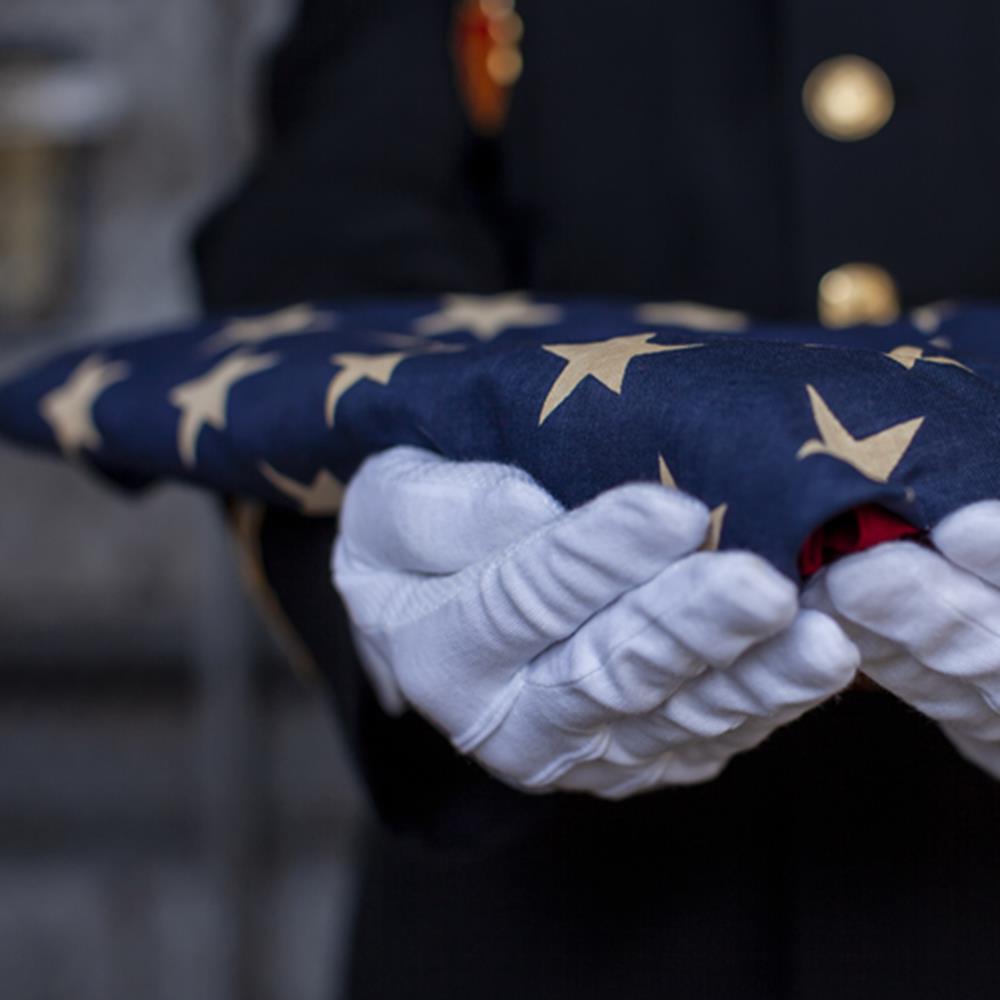
They paid the price.
And now it’s time to pay respects.
As we prepare for Memorial Day, it gives us another opportunity to think about the process of paying respects to veterans or active duty military members who pass away. If your funeral home has been open for a long time, you’ve probably had the privilege of assisting with these services over the years, and they are humbling and impressive at once. One thing is for sure: it is imperative that these services are handled with respect and honor, as they are among the most important that you will take part in as part of your business. It is because of their great importance that we thought we might review a few things about how the process works for military funerals.
How do bodies get back when the soldier is killed in action?
You won’t have to organize for overseas shipping in this instance, because the government returns all of those killed in action to Dover Air Force Base in Delaware. The bodies are packed in those famous aluminum transfer cases, and a flag is draped over the vessel. Inside the body is packed in ice to keep it safe during transfer. They are transported by hearse to the base from the airport. Once they arrive, the bodies then go through preparation, included being clothed in full military uniform.
What does it mean when someone speaks of rendering honors?
Rendering honors is one of the most important elements of body shipping with regards to transporting a veteran decedent. Included in this rite of passage is ensuring that the soldier’s body is traveling feet-first. When the body is transferred from vehicle to vehicle, there should be military personnel on hand, standing at attention and saluting. In addition, for all active duty deaths, an honor guard will meet the body at the destination airport. Once the body gets to the funeral home destination, the military escort duties are over.
How do I arrange for a military funeral?
The VA has a tremendous resource with all of the information the family will need to make arrangements. In this case, the family will have to do most of the leg work, but you can always provide assistance to them and serve as a liaison where applicable.
What does the graveside military service consist of?
The service begins with the flag-draped casket arrives by hearse or horse-drawn carriage. A six-man honor guard will then carry the casket to the grave site. The chaplain will then perform a committal service, after which the honor guard lifts and holds the American flag taut over the casket. Next comes the famous “21-gun salute”. A spent shell is often retrieved and tucked into the folded memorial flag. Then it’s time for one of the most touching parts of the ceremony, as a bugler plays “Taps.” The honor guard then folds the flag. The highest-ranking officer presents the folded flag to the family with a brief sentiment and closes with a salute.
What should my staff be prepared to do in order to assist?
At a private service, sometimes an honor guard from the VA might be present to complete the ceremony in lieu of a full honor guard. On occasion, the funeral home staff will be asked to complete the folding of the flag and other duties. You can check with the local VA on behalf of the family to see what services are available and to receive instruction on what you need to do if a full honor guard is unavailable.
NMS can help. Veterans often request to be buried at Arlington, but they also often request to be moved across the country or return home from overseas to be buried in America after living in other places. National Mortuary Services takes great pride in helping our heroes return home. You will be assisting the family with many aspects of planning, especially if they are making military funeral arrangements. Let us handle the details that can cause delays and confusion to make it easy. Contact us and let us know how we can help you!
Let Us Help with Our Heroes